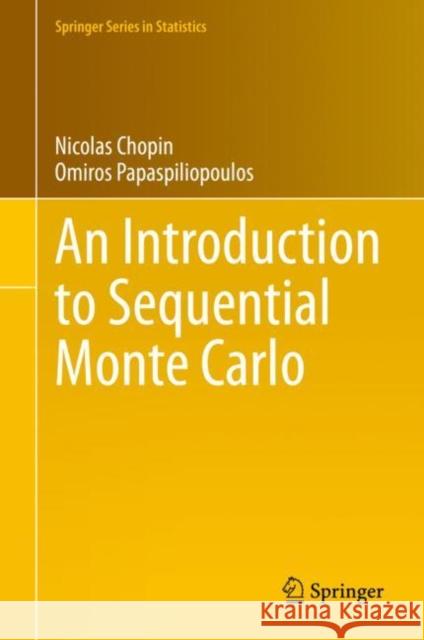An Introduction to Sequential Monte Carlo » książka
topmenu
An Introduction to Sequential Monte Carlo
ISBN-13: 9783030478445 / Angielski / Twarda / 2020 / 378 str.
An Introduction to Sequential Monte Carlo
ISBN-13: 9783030478445 / Angielski / Twarda / 2020 / 378 str.
cena 402,53
(netto: 383,36 VAT: 5%)
Najniższa cena z 30 dni: 346,96
(netto: 383,36 VAT: 5%)
Najniższa cena z 30 dni: 346,96
Termin realizacji zamówienia:
ok. 22 dni roboczych
Dostawa w 2026 r.
ok. 22 dni roboczych
Dostawa w 2026 r.
Darmowa dostawa!
Kategorie:
Kategorie BISAC:
Wydawca:
Springer
Seria wydawnicza:
Język:
Angielski
ISBN-13:
9783030478445
Rok wydania:
2020
Wydanie:
2020
Numer serii:
000904298
Ilość stron:
378
Waga:
0.73 kg
Wymiary:
23.39 x 15.6 x 2.39
Oprawa:
Twarda
Wolumenów:
01
Dodatkowe informacje:
Bibliografia
Wydanie ilustrowane
Wydanie ilustrowane











